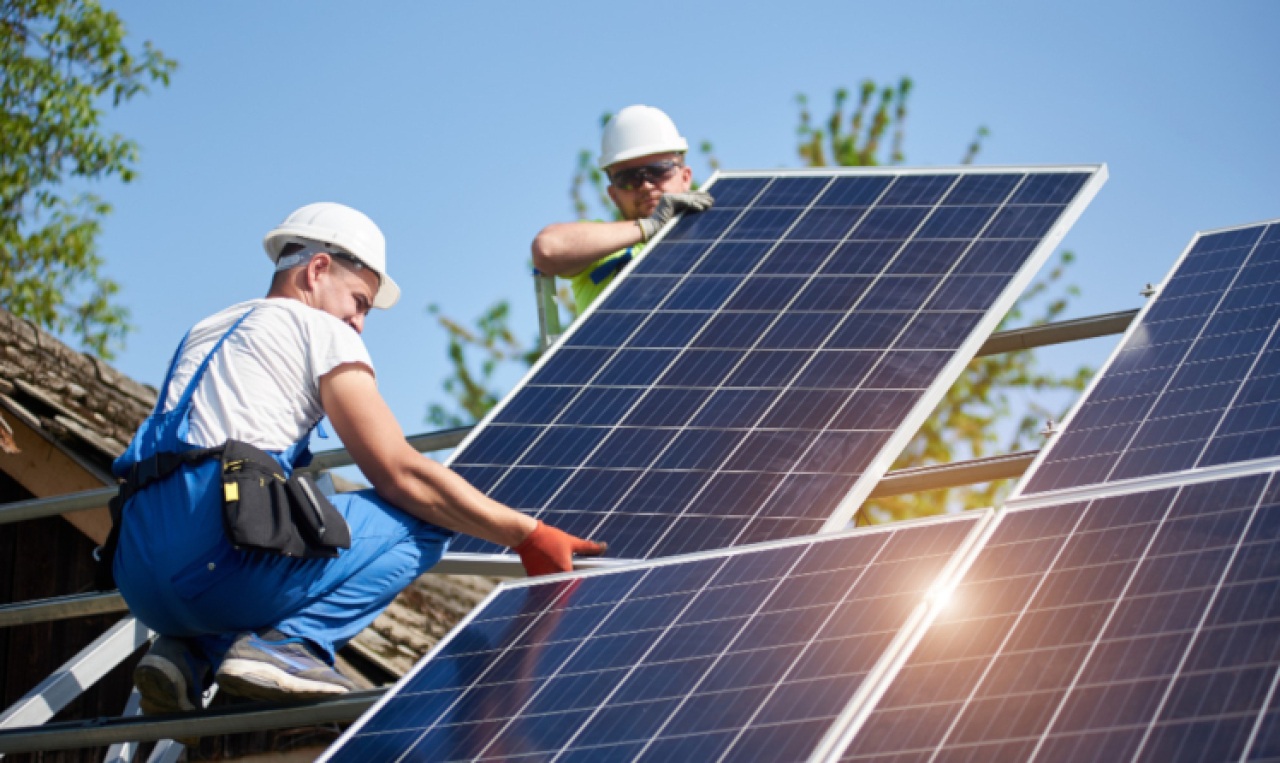If you fall under this category, you've come to the right place. Today's article offers all the right insights into the generation of solar energy and its conversion into electricity for households and offices.
You also learn solar panels' direct impact and role in powering buildings and why it's become so important.
The Role of Solar Panels in Energy Conversion
If you've ever seen solar panel installers Kent residents hire at work, you already know what the solar panels look like. At the same time, do you already know that those panels are placed at the top of buildings? Do you think that always has to be the case?
Moreover, it's not just about installing the panels on rooftops; it's also about the angle of inclination. Even the presence of shade affects how potent a solar panel will be. So, with all these precautions and more taken during the installation, there's no doubt that solar panels are crucial in solar-to-electrical power generation.
So, it's time to talk about solar panels. They are known as the modules needed to produce electricity. In this case, each 'module' consists of 3 vital parts – a mesh of silicon cells, a metal frame, and a glassed casing. Moving on, the glass casing is also surrounded by unique film and wiring. Now, it's time to consider how these components generate energy.
It starts with sunlight absorption, made possible by the silicon cells. Because these cells are necessary for trapping and storing sunlight, they've been termed photovoltaic cells. Essentially, those cells trigger the reactions that lead to energy conversion.
Diving further, you'll see that the photovoltaic cells house two layers of silicon – one positive layer for releasing electrons and a negative layer for collecting the excess electrons in the field. The presence of these layers leads to a complement reaction that creates an electric field.
Moving on, when sunlight strikes these panels, photons from the beam of light trigger electron movement. This 'flow' leads to the generation of an electric current.
Electricity Power for Family Use
As earlier stated, solar panels generate power but as direct current. The conversion of this current to an alternating form makes it usable. That's where solar inverters come in. The direct current is converted into alternating current, passes through the electrical panel in the home, and is distributed to the various appliances that need electricity.
In summary, solar panels trap energy from the sun and, through the action of photovoltaic cells, create an electrical field that generates a direct current. Then, solar inverters complete the process by converting DC to AC, which is then distributed across the building.
Wrapping Up
It's clear now the role solar panels play in generating electricity. The process is relatively simple, and the results are worth the investment. So, if you didn't know how solar panels worked, now you do.








